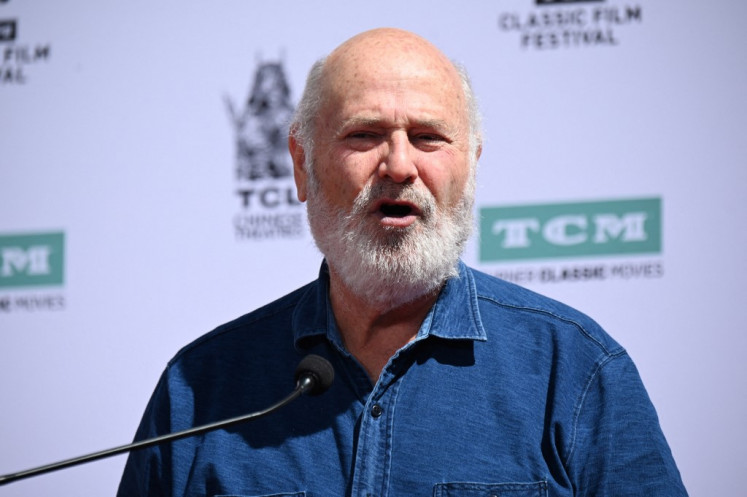Popular Reads
Top Results
Can't find what you're looking for?
View all search resultsPopular Reads
Top Results
Can't find what you're looking for?
View all search resultsForeign curator brings Otto Djaya's paintings to Indonesian audience
An exhibition dubbed “100 years of Otto Djaya” is being held at the National Gallery in Central Jakarta from Sept. 30 to Oct. 9. In the event taking place at the A and C building of the gallery, visitors can marvel at 172 artwork collections by the younger brother of painter Agus Djaya.
Change text size
Gift Premium Articles
to Anyone
An exhibition dubbed “100 Tahun Otto Djaya (100 years of Otto Djaya)” is being held at the National Gallery in Central Jakarta from Sept. 30 to Oct. 9. In the event taking place at the A and C building of the gallery, visitors can marvel at 172 artwork collections by the younger brother of painter Agus Djaya.
All collections, mostly of the painter's works in the 1990s, have been brought to Indonesia by the initiative of European curator Inge-Marie Holst and her husband Hans Peter Holst, with the help of Indonesian curator Rizki A. Zaelani and the gallery. Holst, the owner of around 200 artworks of Otto Djaya, thought of the painter as interesting.
(Read also: 'I am the Forest' exhibition reveals Kalimantan's magnificent wildlife)
"He's one of the painters who have been through many eras and he kept painting in a funny way at a time when people were going to prison," Holst told The Jakarta Post in a press event at National Gallery on Friday. She noted that the painter (1916-2002) had lived through various Indonesian regimes, from Dutch colonial, the Japanese invasion, revolution, the rule of Sukarno and even through the Soeharto era.
Holst described Otto as having a distinct, contrasting way of painting compared to other painters of his era.
"Otto has his own style and at the beginning they [he and people within the Indonesian painting expert union or Pesagri] couldn't sell anything because what the Dutch and upper-class Indonesians wanted was beautiful landscapes," she said, referring to Otto's figurative works.
Despite having been painted years ago, Holst named Otto's works, which contain plentiful women and Punakawan figures, and were mostly made in the acrylic on canvas media, as up-to-date.
(Read also: State Palace painting exhibition)
Rizki, co-curator of the event, described Otto as “a painter whose time has come for him to be known by young artists in Indonesia".
"Otto's works relates to people’s lives today. He invited us into the fantasy, mythological world by incorporating wayang," he said.
To Rizki, it is Otto's "unique way of giving criticism, as well as judgment toward the social and cultural condition in Indonesia."
Through Holst's research, Otto's works can now be seen on display in the gallery. Her research on the painter, who was a soldier during the revolution, was not without stumbling blocks. Among the difficulties was the lack of information.
"He lived in a time when it was not very good because the country was under Dutch rule, so the Dutch had all the information available," she stated. She also noted that there was no documentation of Otto's solo exhibition at the National Gallery in 1995.
(Read also: Exhibition explores maestro Affandi's style of expression)
"We want, in particular, for the younger generation to learn about it [his works] before it's too late," the writer of World of Otto Djaya conveyed.
The exhibition is open to the public with no admission fee until Oct. 9, with the exception of Oct. 2 when the gallery is closed. In the exhibition, visitors can see the colorful, comical and satire works divided into several themes, which includes his own self portraits, social-political criticism, local traditions, market and journey. There will be gallery tour for the public on Oct. 8 and a gallery talk on Oct. 9. (asw)











